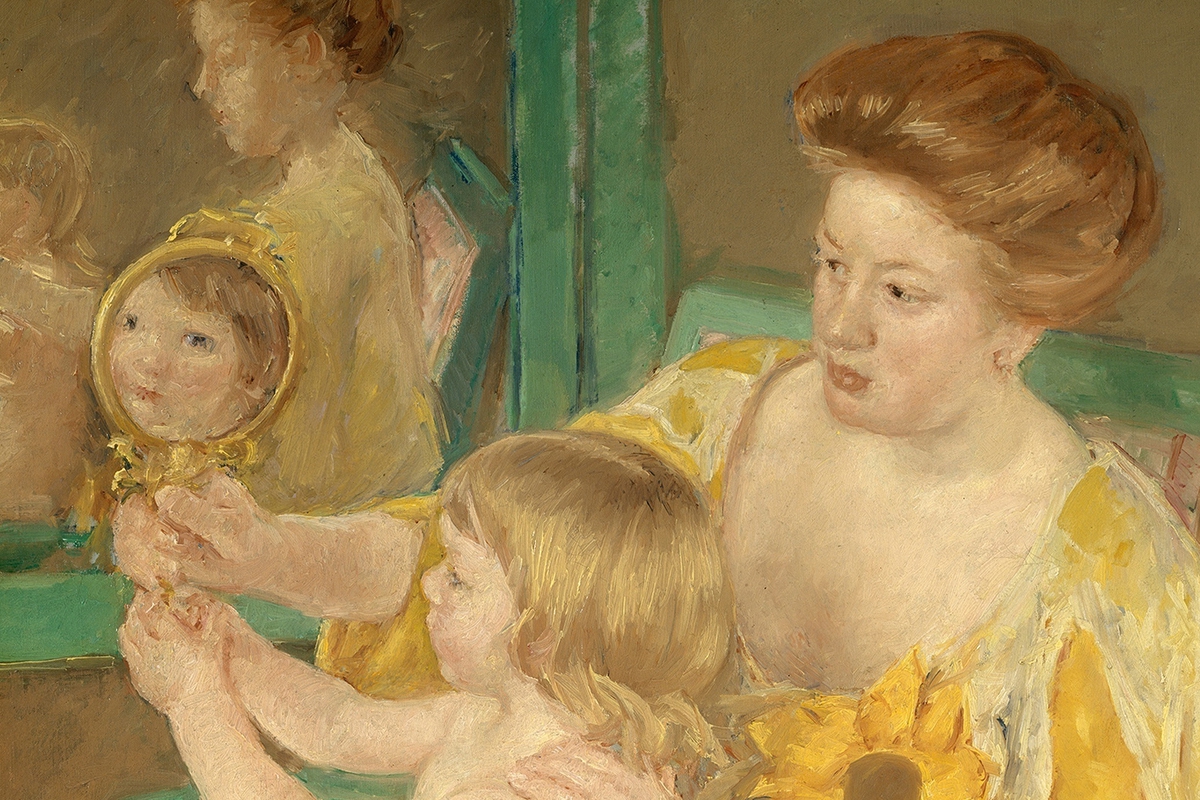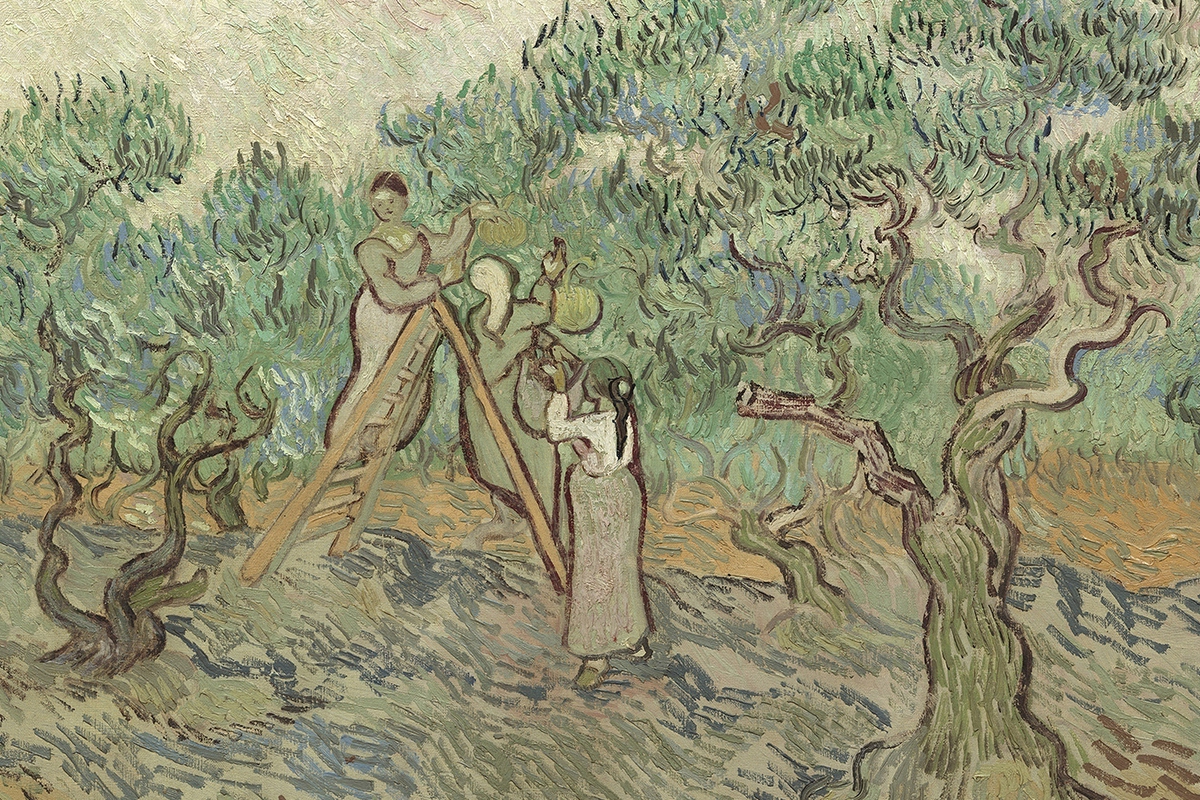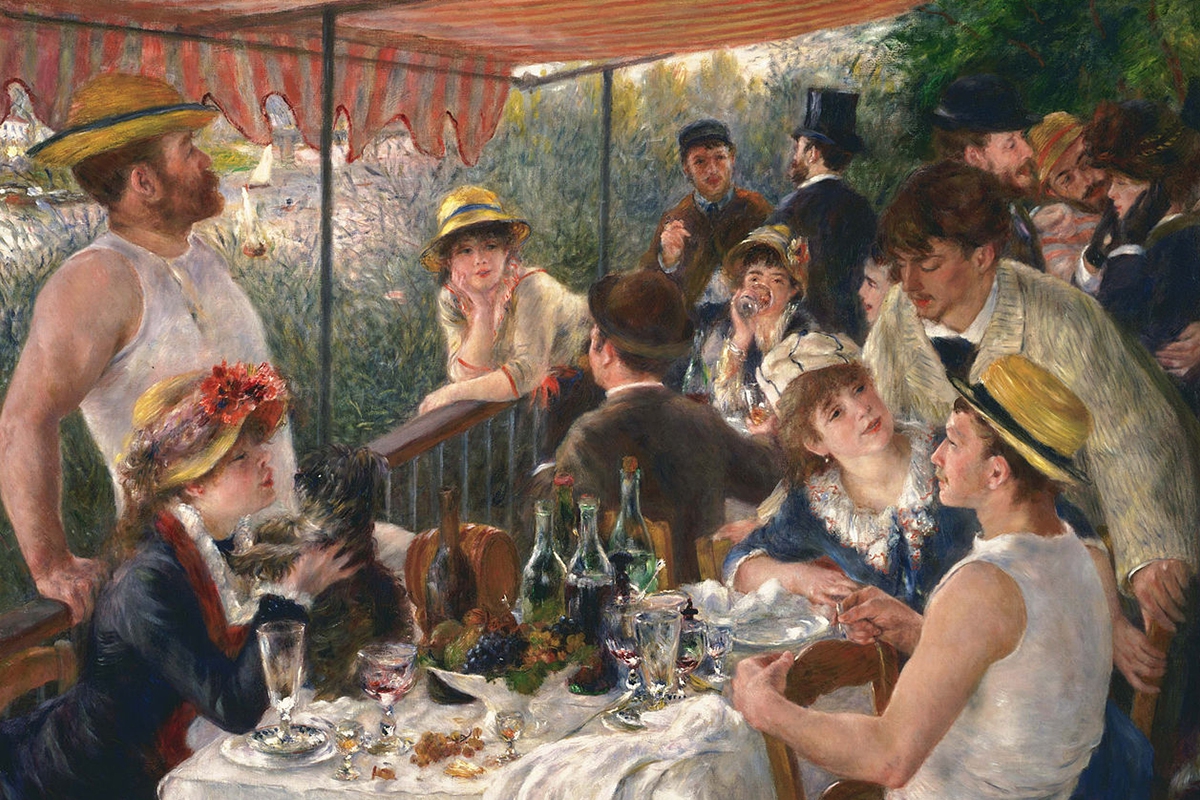The Art of Creating a Website That Leaves a Lasting Impression
By Carl Avidano

May, 2017|My favorite art movement, 19th-century Impressionism, is known for its ordinary subject matter, visible brush strokes, and accurate depiction of light and shadow.
Early Impressionists violated the rules of academic painting: they portrayed overall visual effects instead of details, used mixed and pure unmixed color, and did not blend smoothly. Their less ponderous approach valued substance over technique, resulting in memorable works of art that still today vividly capture one's imagination.
Like a vibrant work of art, your website can be a dynamic form of communication. If you're not leaving a lasting impression on your visitors, it might be time to go back to the drawing board. Here are a few pointers to help you create a website strategy that will help you captivate visitors and keep them coming back.

See yourself as others see you
Take inventory of your current situation. Ask yourself straightforward questions like:
- Does my website fit my organization's brand?
- Does my organization have a brand?
- How does my website compare to other leaders in my industry?
- Is my website accessible?
- Do we offer regularly-updated, compelling content?
Collect feedback from customers and followers. Reach out directly through social media. Use tools like SurveyMonkey, track user activity with Google Analytics and Hotjar, or hire a consultant to perform a website usability audit.

Strategize and avoid low-hanging fruit
Once you have a greater understanding of how others see you, consider developing a strategic action plan.
Clarify your goals and priorities within your organization before reaching out to a marketing firm or web design contractor.
Otherwise, you risk agreeing to something that you don't actually need. Many marketing firms offer proprietary software intended to secure your dependence on their services. These solutions are often unnecessarily expensive and may actually hinder your success by making your website less agile and complicated to update. In most cases, open source solutions offer greater flexibility at a lower cost.
When possible, avoid using website trends of the "low-hanging fruit" variety. Instead of making your website modern and appealing, they frustrate and downright irritate most users. Three trends to use with caution are:
The hamburger menu for desktop layouts
Since the rise of mobile-friendly web design, the hamburger menu (that little button with three horizontal bars tucked in the corner of mobile websites) has become a universally recognized icon indicating more navigation is available.
Originally intended to save space on mobile devices, the hamburger menu often appears on large (desktop) layouts, needlessly hiding significant top-level navigation. This disappointing trend makes it difficult for visitors to access your pages while causing your website to appear as if you have little to offer.
Large background images
Large background images (and video) can be a wonderful way to capture attention, and if done correctly, are essential to convey your message effectively. However, the ill-treatment of large background images can make your content look unprofessional. Some common mishaps include:
- Scaling up low-resolution or blurry images
- Placing paragraph text directly over images
- Using poorly optimized (slow loading) images
- Neglecting mobile layouts in image-heavy designs
Parallax scrolling effect
Parallax scrolling is a visual effect that simulates depth by making the elements on a web page scroll at different speeds. While parallax scrolling can add visual interest and appeal, there are drawbacks that must be considered.
Parallax scrolling is generally not mobile friendly and requires headache-inducing workarounds. If not applied correctly, parallax scrolling negatively impacts SEO. The parallax effect can degrade website performance if it relies heavily on larger (or transparent) images that increase file size. Slow loading websites cause frustration and prompt visitors to hit the back button.

Lead visitors down a clear path
Spend time before the design phase to ensure your website is well organized and easy to navigate on all devices. Superfluous content and other bells and whistles distract from your overall message.
Keep in mind that visitors come to your website from pages other than your homepage. One might enter from a blog article or a page shared on social media. Your website should have clear goals (something you want the user to do) for every page.
Navigation should be accessible from all pages on all devices, clearly indicating where the visitors are relative to the content as a whole.

Be patient and prepare for a new destination
Creating an effective website strategy takes patience and impartiality. Oftentimes plans need to be approved by multiple stakeholders with differing opinions. This is natural and actually improves the outcome by considering diverse viewpoints early on. Try not to rush your website strategy, and at the same time, don't go too slow, either. Nothing needs to be set in stone. The most successful websites are developed in phases, subject to incremental changes.
Even after launching your new website, you might not see immediate results. It takes time for search engines to crawl your new content. Your current visitors will need to adjust to the change. Be patient and think constructively about the future.

Keep the conversation going
Once your new website is actively engaging new followers, it's your responsibility to keep them in conversation. Plan fresh content ahead of time. Make sure to post regularly to your blog and social media channels. If you're a nonprofit organization, plan in-person fundraisers that remind people they are essential to your cause. Take clear photographs of these events and exhibit them on your website. Make it easy for people to learn about upcoming local events with an accessible calendar.
Want to leave a lasting impression with your website? Find out how we can help.
